The Alamo and River Walk are two appealing highlights of San Antonio — that most people quickly equate with San Antonio — but there’s so much more! What makes this city so alluring is its rich history; entertainment and recreation options; along with its diverse cultures and food. I’ve visited San Antonio many times in the last several years, and I’ve enjoyed visiting the major sites as well as hiking in the well-maintained parks. The top places to visit in San Antonio are the Alamo, the four Spanish Franciscan missions from the 1700s, the River Walk, The Pearl, and the San Antonio Botanical Garden along with its amazing zoo, museums, and parks (several of which are in Brackenridge Park).
The city was named for Saint Anthony of Padua by a Spanish expedition that arrived in the area in 1691. The Spanish established missions to spread Catholicism and Spanish culture to the inhabitants. Later on, the area came under Mexican control when Mexico won independence from Spain in 1821. However, those living in the area wanted their independence from Mexico. The Mexican army defeated the Texans at the famous Battle of the Alamo in 1836. The Texans eventually defeated the Mexican army and formed the Republic of Texas. The United States annexed Texas in 1845.
Today San Antonio is a growing metropolis with over 1.5 million citizens. It’s about 75 miles southwest of Austin, the state’s capital, and is home to U.S. Air Force bases, several Fortune 500 companies, and the San Antonio Spurs along with SeaWorld and Six Flags Fiesta Texas.
If you’re visiting in the spring, consider visiting during Fiesta, a large festival spanning several days in late April that celebrates the many cultures in San Antonio; there are a variety of events including the Arts Fair (a large art show with entertainment), parades, music venues, and house tours. By the way, if you’re planning to stay in the area for a few more days and want to enjoy the state capital, too, check out my guide to Austin.
1. The Alamo
Officially Mission San Antonio de Valero, the Alamo was founded in 1718 and sits right in the heart of downtown San Antonio. The Alamo is steps away from The Historic Menger Hotel (where Teddy Roosevelt recruited Rough Riders, a volunteer cavalry group) and the River Walk, and it was the first mission on the San Antonio mission trail.
Owned and maintained by the state of Texas, the Alamo was the site of the 13-day battle in 1836 under the command of Mexican General Santa Anna. The Battle of the Alamo resulted in the defeat and death of the Texan soldiers inside the Alamo. They had been fighting for the independence of Texas from Mexico. (There are four other nearby Spanish missions to visit. They’re listed separately because they’re under the federal domain (not state domain like the Alamo) and are part of the San Antonio Missions National Historical Park. Keep reading for information about those interesting missions!
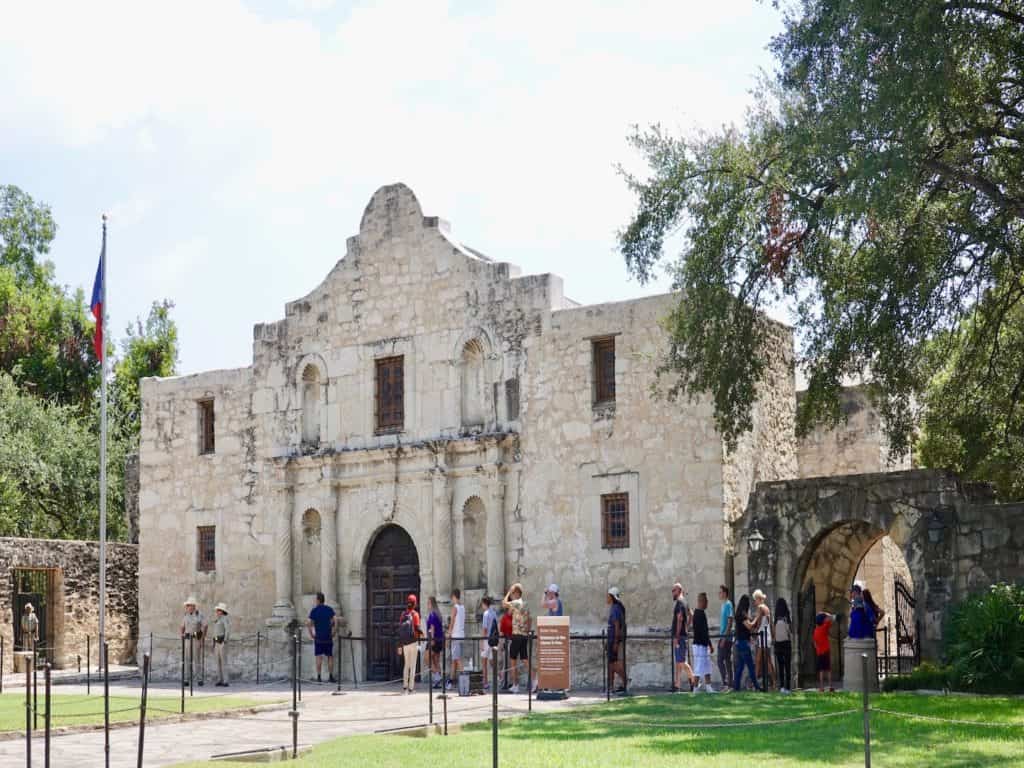
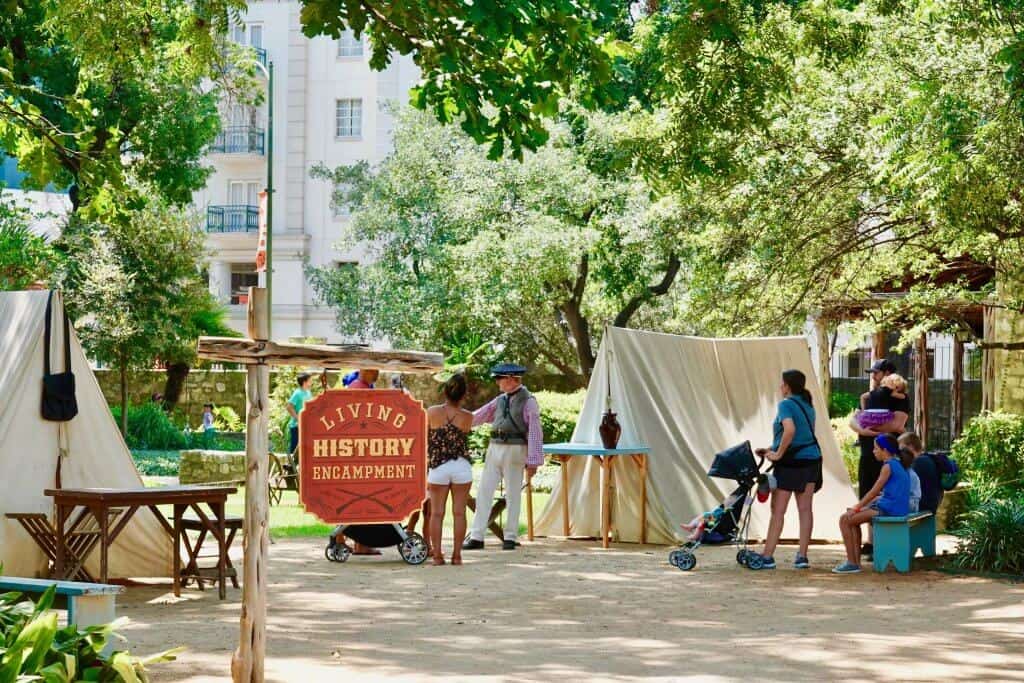
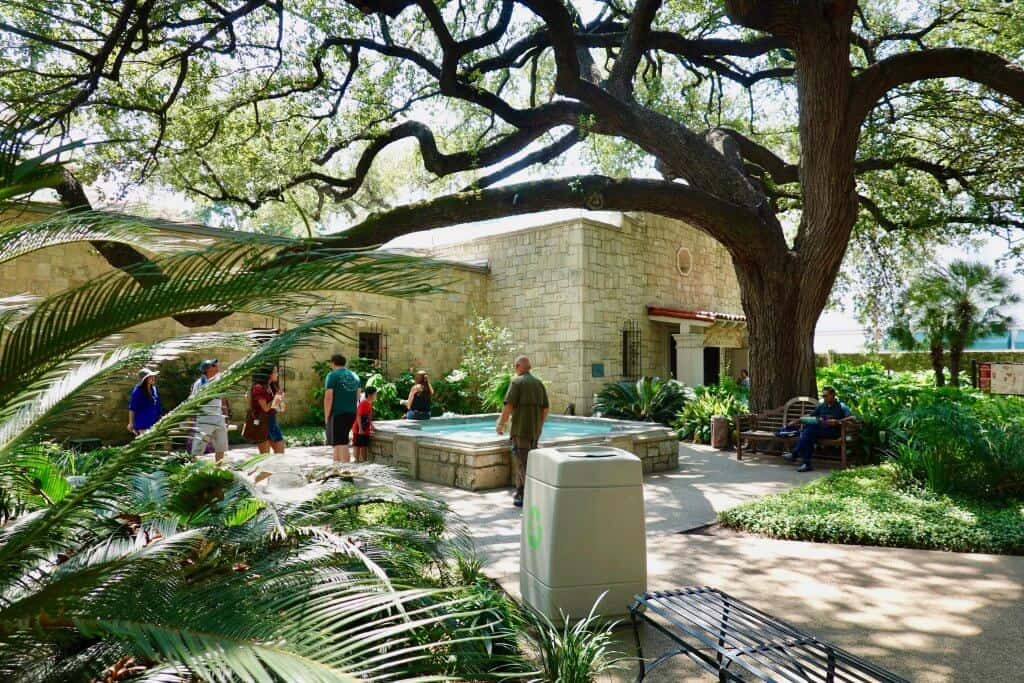
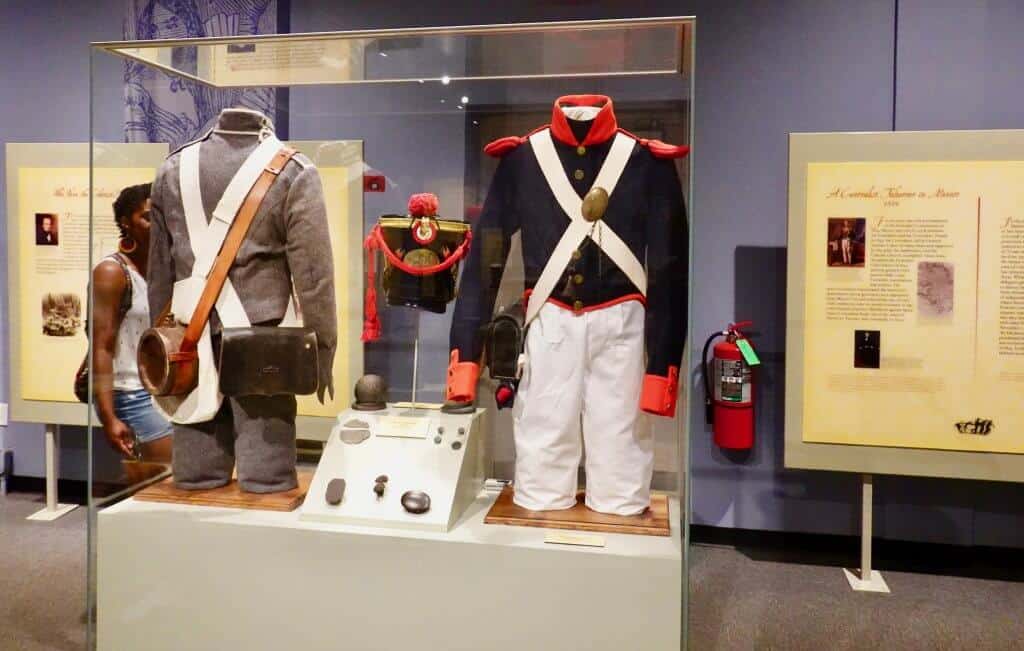
When you visit the Alamo today, you walk through the grounds. There are displays that tell you the history of the site and gardens shaded by massive trees that offer a welcome respite from the heat (which can be oppressive—it is not unusual to have real-feel temperatures of 100-115 degrees in San Antonio during the summer months). There’s also a museum with artifacts, including soldiers’ weapons and uniforms; a gift shop; and an encampment area where a guide tells you about life there back in the day.
2. San Antonio Missions National Historical Park
Located south of downtown, the four missions along Mission Trail tell the stories of the Spanish missionaries (the Franciscans) and the Native Americans whom they sought to convert to Catholicism and become Spanish subjects.
Today the missions represent a partnership between the church and the federal government. That is, the Catholic Church owns and maintains the churches themselves. The U.S. National Park Service maintains the grounds and visitors’ centers; plus they provide park rangers to guide tours and help visitors. The San Antonio Missions National Historic Park website has background information and helpful tips to plan your visit.
Interesting Facts About the Missions
- As you walk through the missions, you can visualize yourself back in time when people — so different in their wants and needs — lived together. The Spanish Franciscan missionaries’ quest was to convert the Native Americans, from hunting and gathering people with their own culture, to Catholicism and productive subjects of the Spanish monarchy. Seeking protection from attack and food, some Native Americans went to live in the missions and were taught the ways of the Spanish including their religion, language, farming, and customs along with learning a trade.
- The Native Americans in the area, the Coahuilteccans, lived in small groups, were transient, and practiced their own religion. Some of the Coahuilteccans came to the missions to live for personal security from their enemies and for a steady food supply.
- The missions were surrounded by protective stone walls. Most today are remnants of what once stood as barriers from invaders. Mission San Jose has been restored to the point that the walls and internal dwellings replicate the original structures. This restoration from decades ago helps visitors better understand what life must have been like centuries ago.
- The missions are examples of living history. Although they no longer serve as missions, the churches still hold Mass on the weekends in English and Spanish. Today there are regular congregants worshiping in the churches just as their ancestors did generations ago.
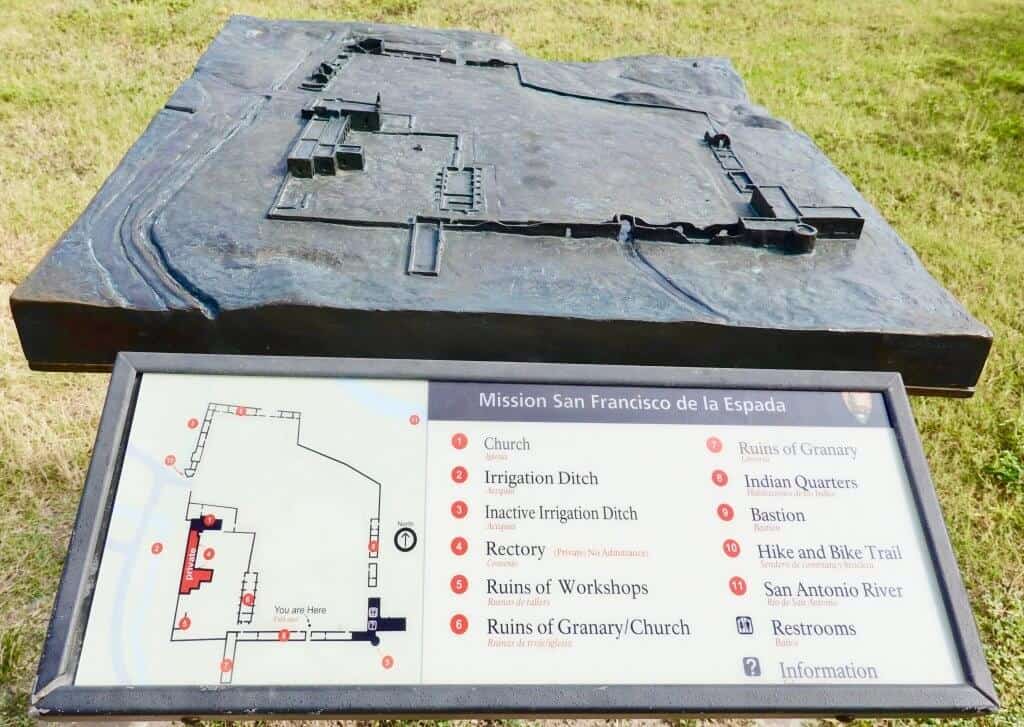
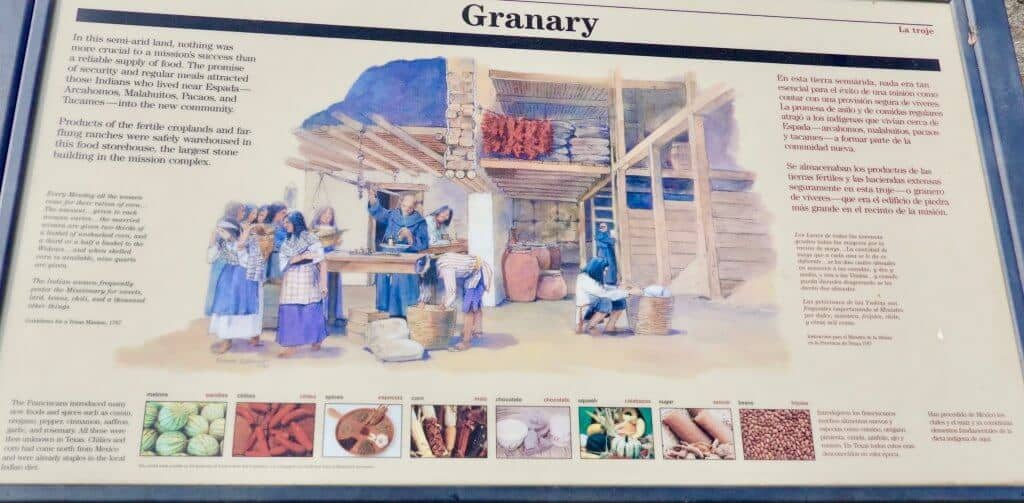
Established and/or transferred to their present sites in the early 1700’s, the four other missions (besides the Alamo which is maintained by the state), from north to south, are:
Mission Concepcion
The Spanish Baroque church at Mission Concepcion is the central structure on the property, and visitors can still view some of the original colorful designs painted on the interior during the mid-1700s. Most of what can be seen inside are original –not restored. There’s a shaded garden designed for contemplation, rest, and prayer a few steps from the church.
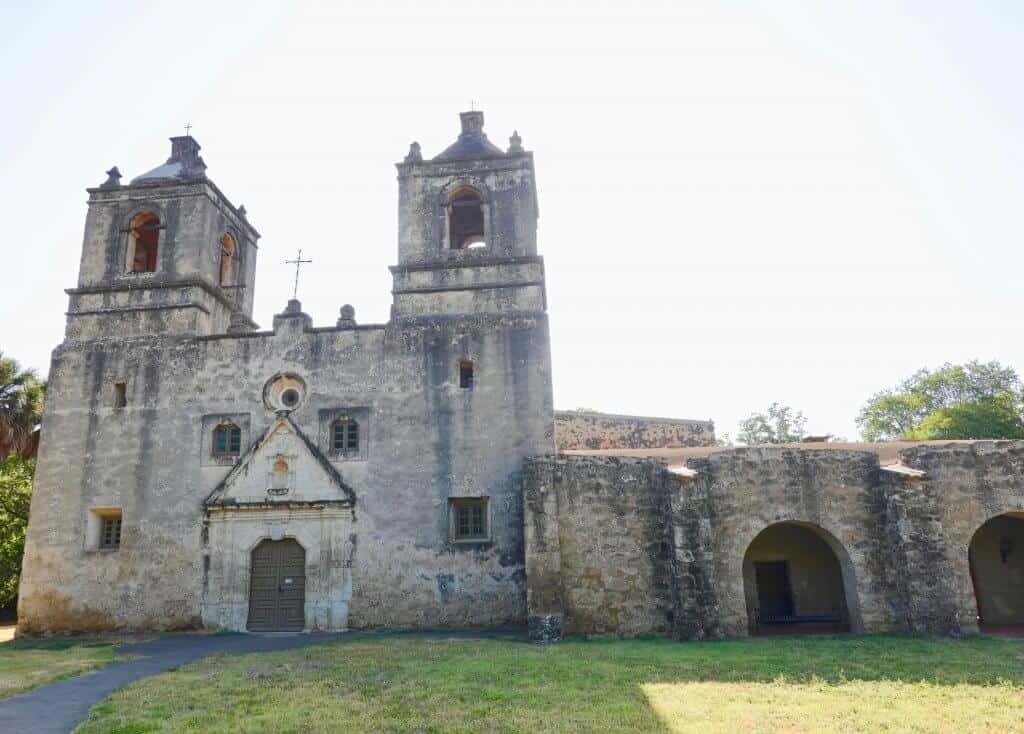
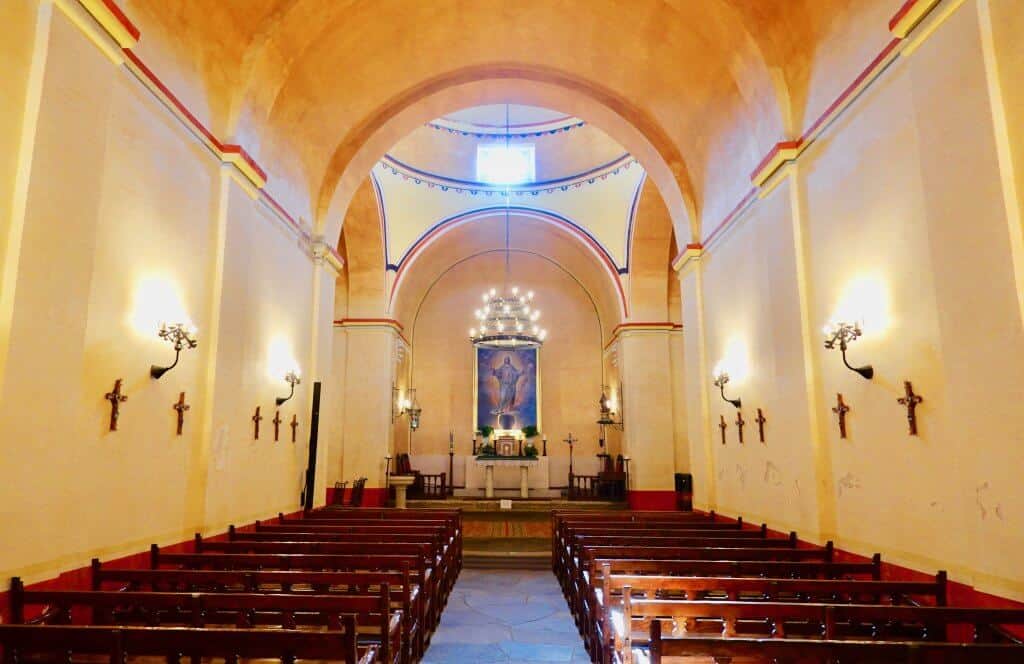
Mission San Jose
A large complex that was restored, thanks to the funding from the Works Project Administration and the resulting Civilian Conservation Corps (an American volunteer public work relief program in the 1930s), Mission San Jose has been dubbed the “Queen of the Missions.” Because of the restoration work, you can see the quarters for the Native Americans that form much of the outer wall, wells to provide water, outdoor ovens for cooking, and the church. In the visitor’s center (as you enter and exit the mission), there is a museum with displays and artifacts along with a movie (that usually shows every half hour) depicting life in the missions, and a gift shop.
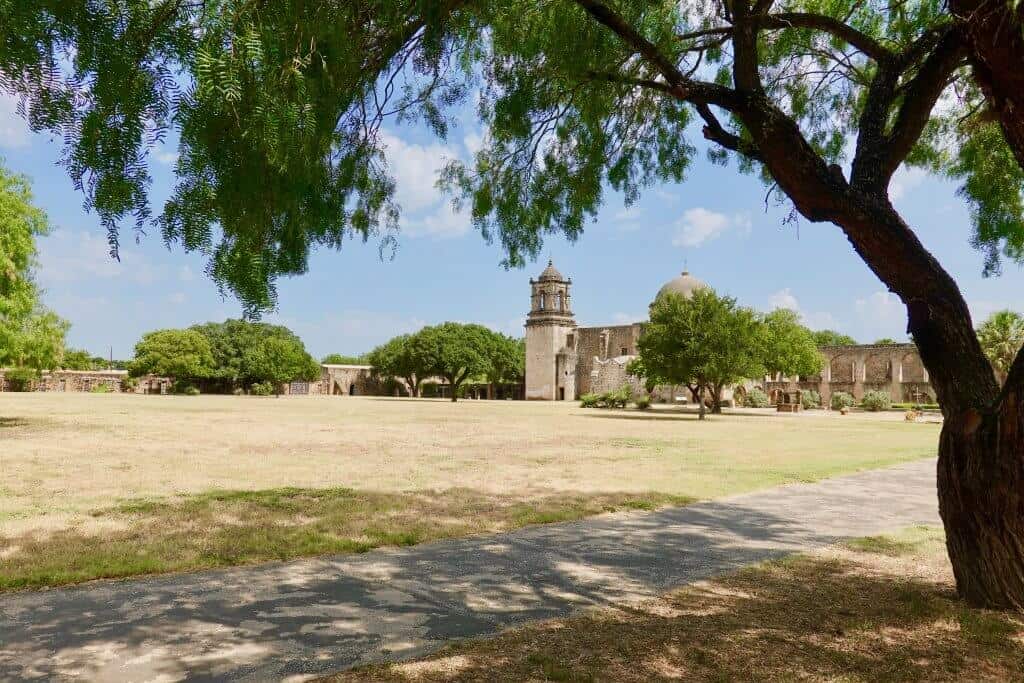
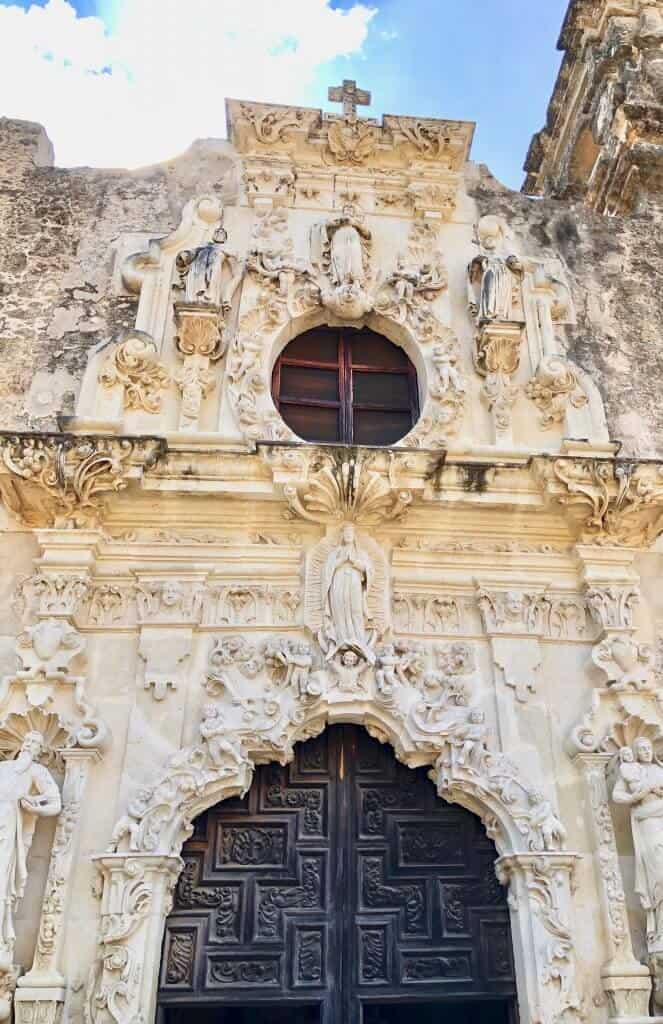
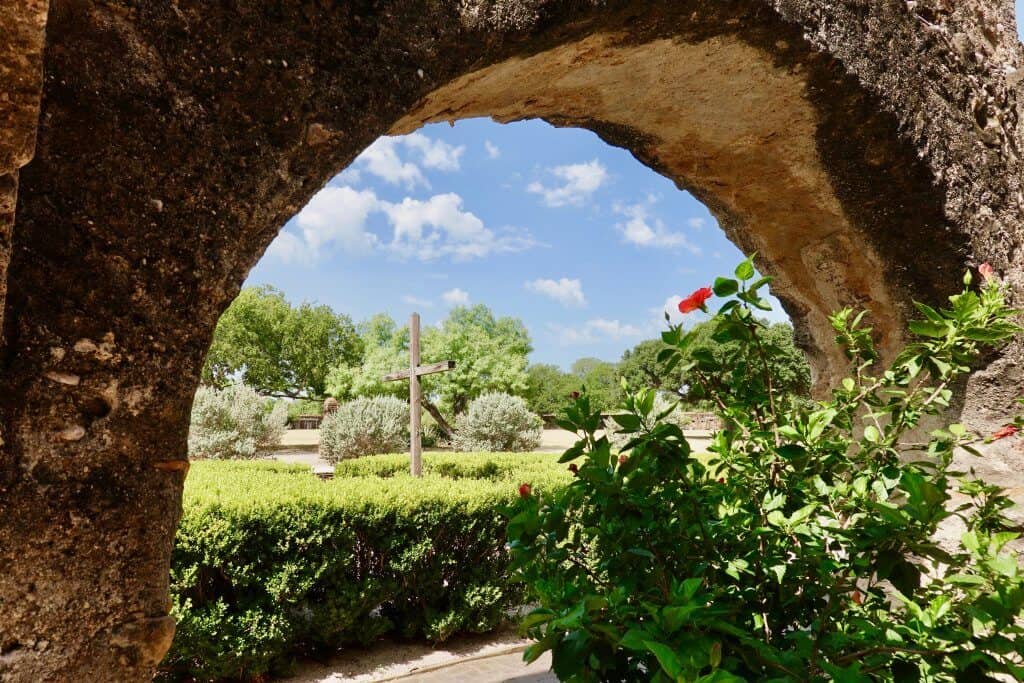
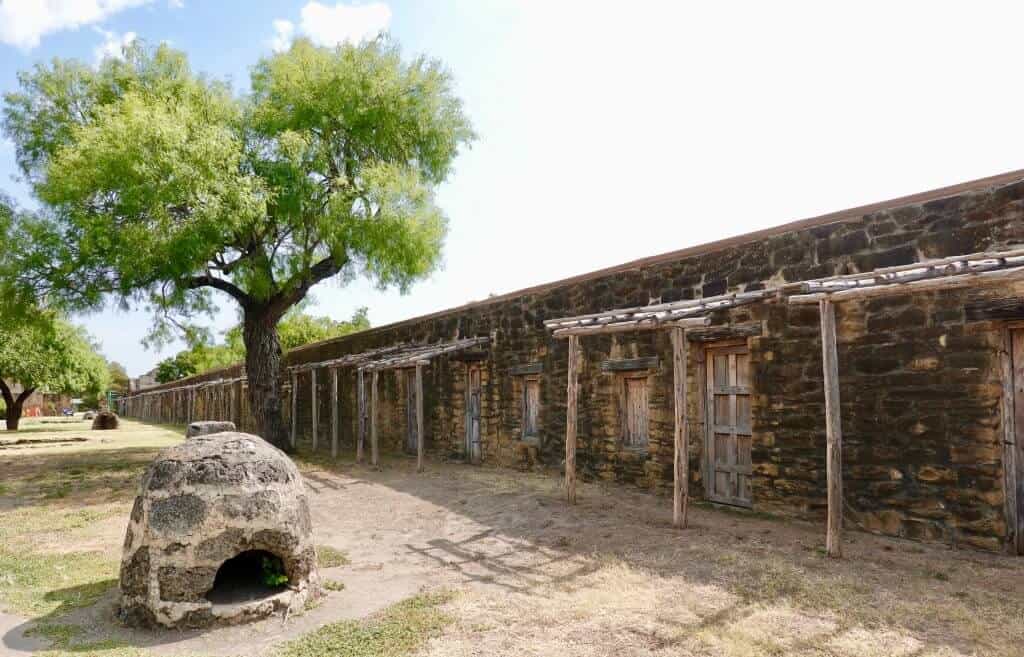
Mission San Juan
Mission San Juan benefited from its position along the San Antonio River with fertile land which meant its orchards and gardens often produced bountiful crops, fruits, and vegetables. It also had large numbers of sheep and cattle. Surpluses of produce and livestock were useful in trading.
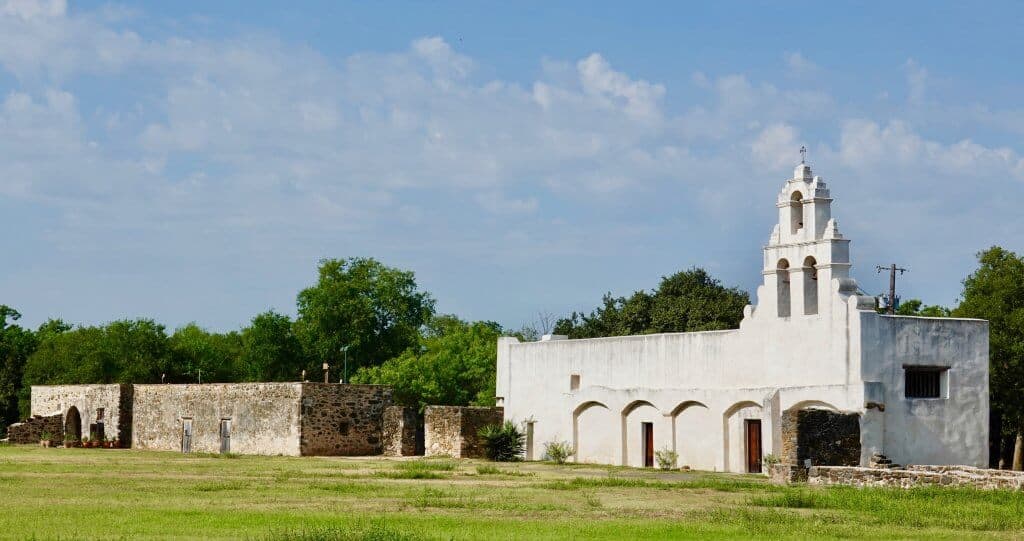
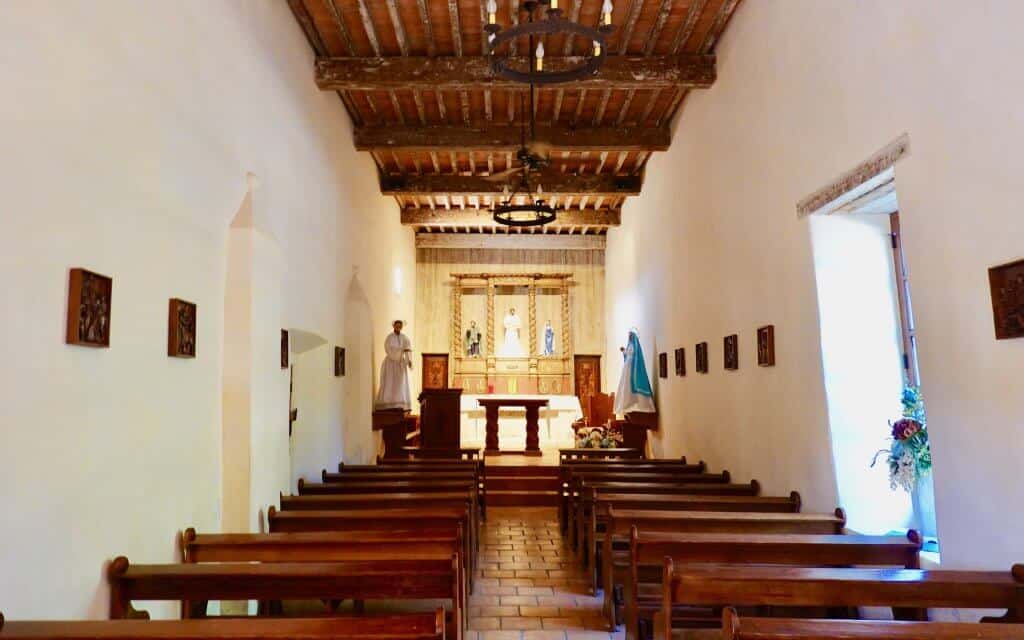
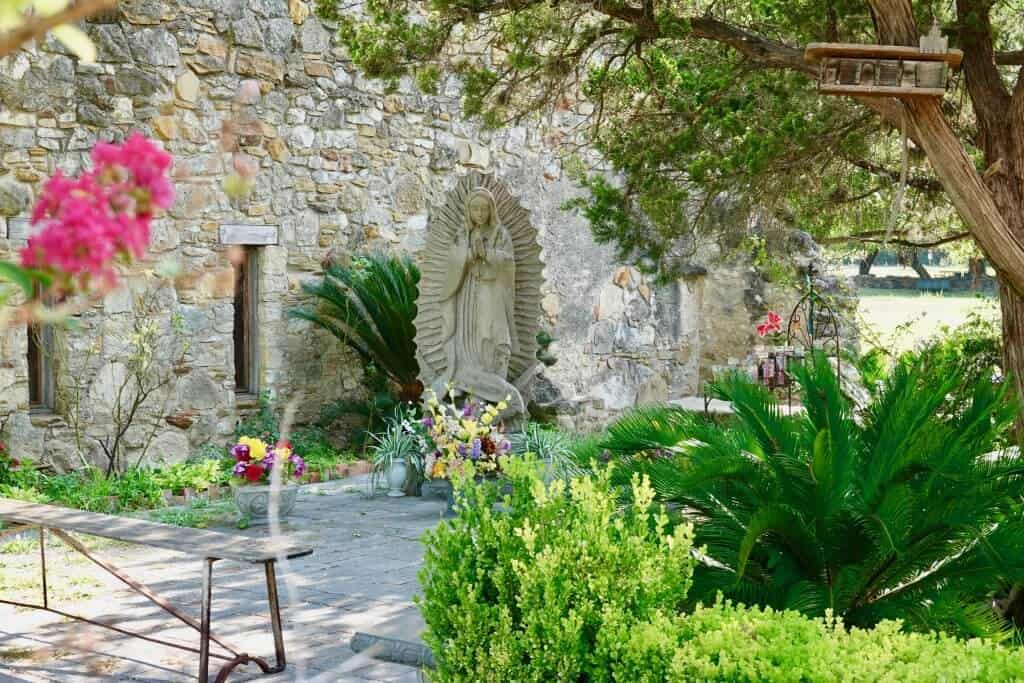
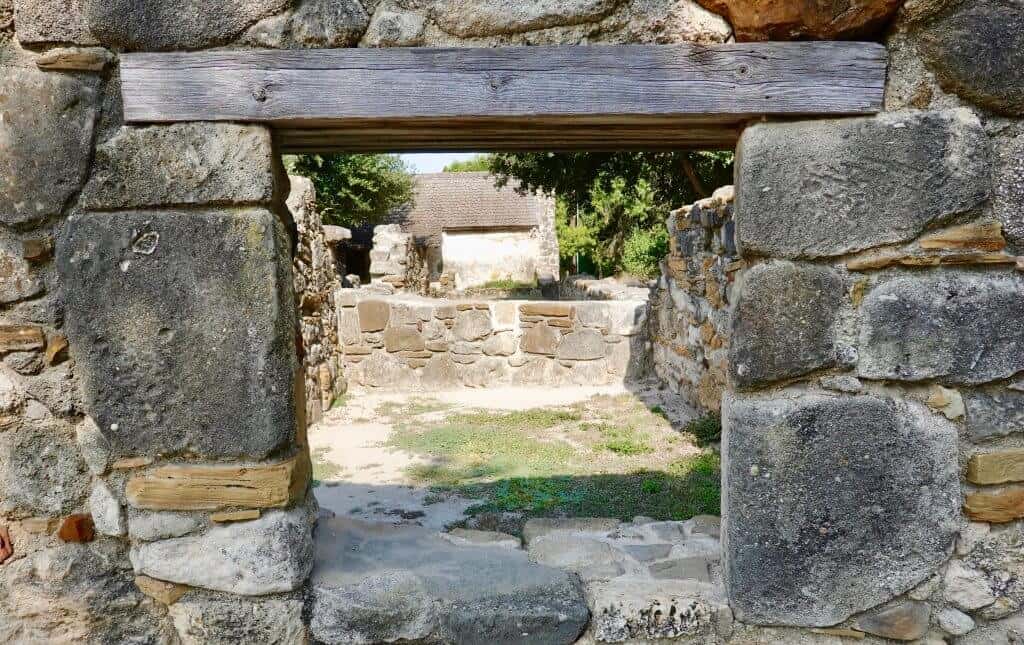
Mission Espada
This southernmost mission on the Mission Trail, Mission Espada was the only mission that made bricks and tiles. In the visitor’s center, you’ll find a display of an early weaving loom as well as weaponry and spurs. I enjoyed reading through the log of people who had connections to the mission; reading the commentary of others made the connection to the past more meaningful.
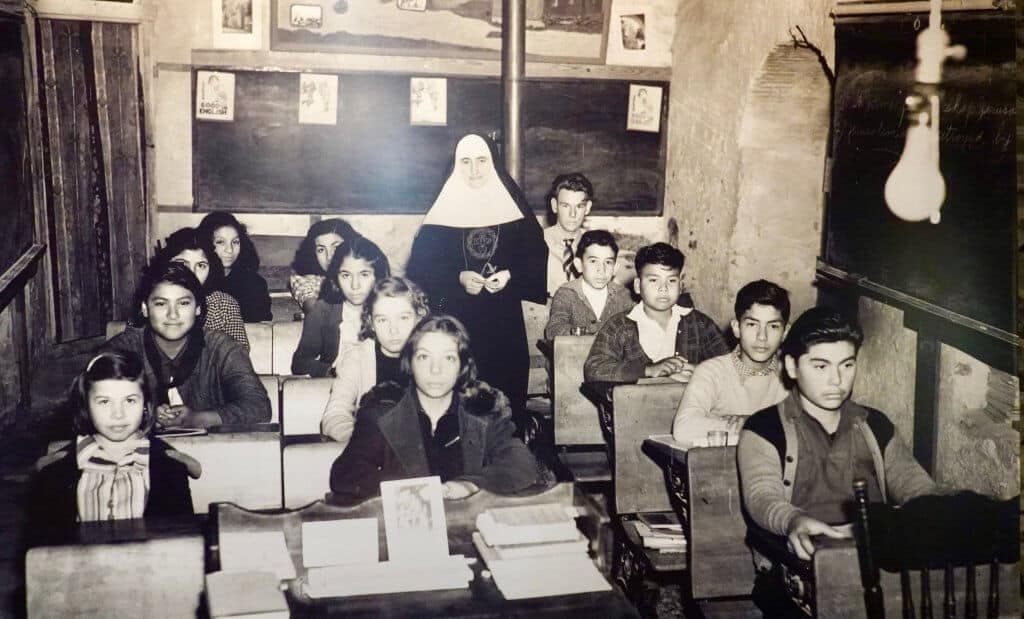
Some excerpts from the log at Mission Espada:
We used to play on this ground…My father and mother were married here…My kids were baptized here also. Every Sunday I come I get tears in my eyes cause of my very special memories.
At Christmas time we were putting a tree in the classroom and it was too tall, so Sister told my uncle to cut off about 6 inches of the tree. He did — but off the wrong end. He cut it off the top instead of the bottom. (This memory is from 1947-48.)
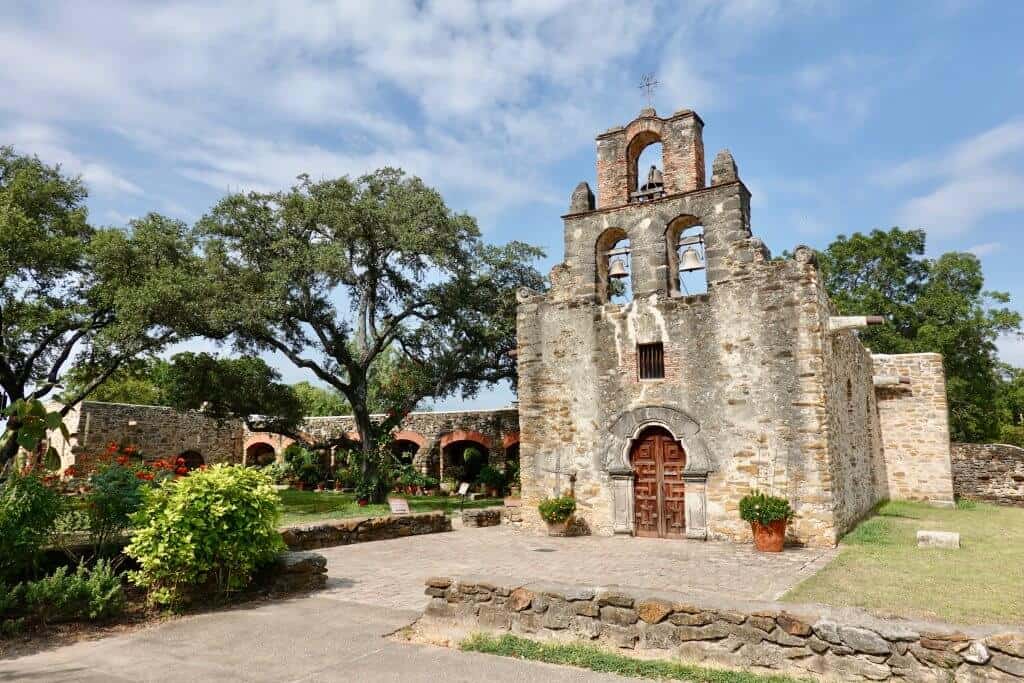
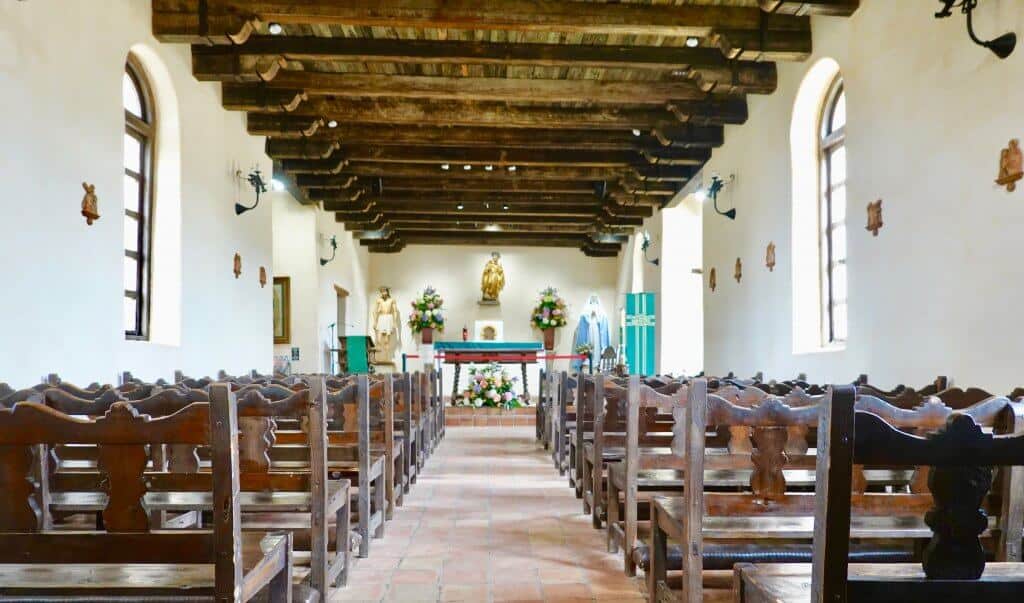
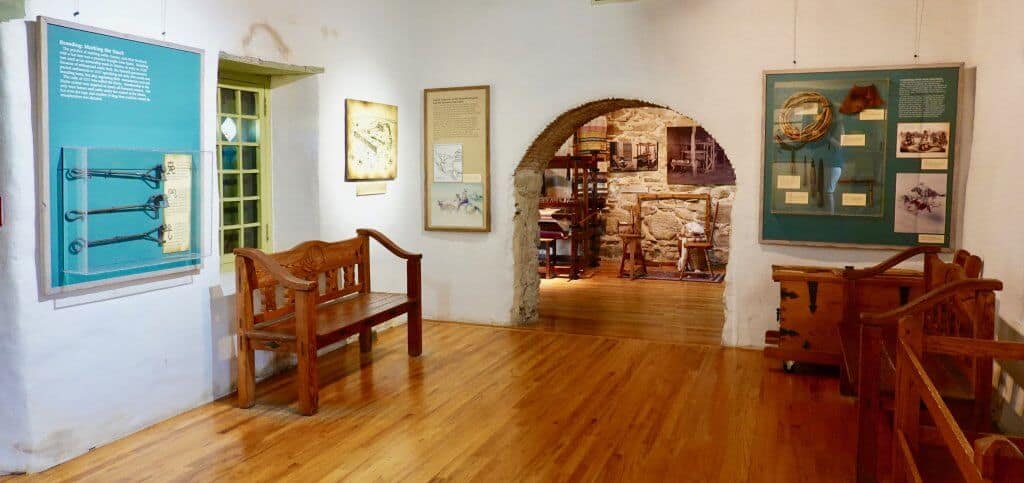
3. River Walk
The 15-mile San Antonio River Walk is a destination for many a conference or convention visitor. On the north end is Breckenridge Park where you’ll find the San Antonio Zoo, The Witte Museum, and the Japanese Tea Garden. The River Walk segment that most people readily think of is the historic downtown section (close to the Alamo) where there are plenty of restaurants, hotels, and shops. The River Walk extends past the downtown to the four missions that are interesting visits. Check out this detailed River Walk map that will orient you to the area; note that the downtown historic River Walk area is at 0 miles on the guide along the right side of the map.
The River Walk was created, in part, to control the San Antonio River which flooded the area from time to time. A dam and a floodgate were installed to control the flow of the river. And thanks to funding from the Works Project Administration in 1939, the River Walk with the walkways, bridges, and landscaping took shape.
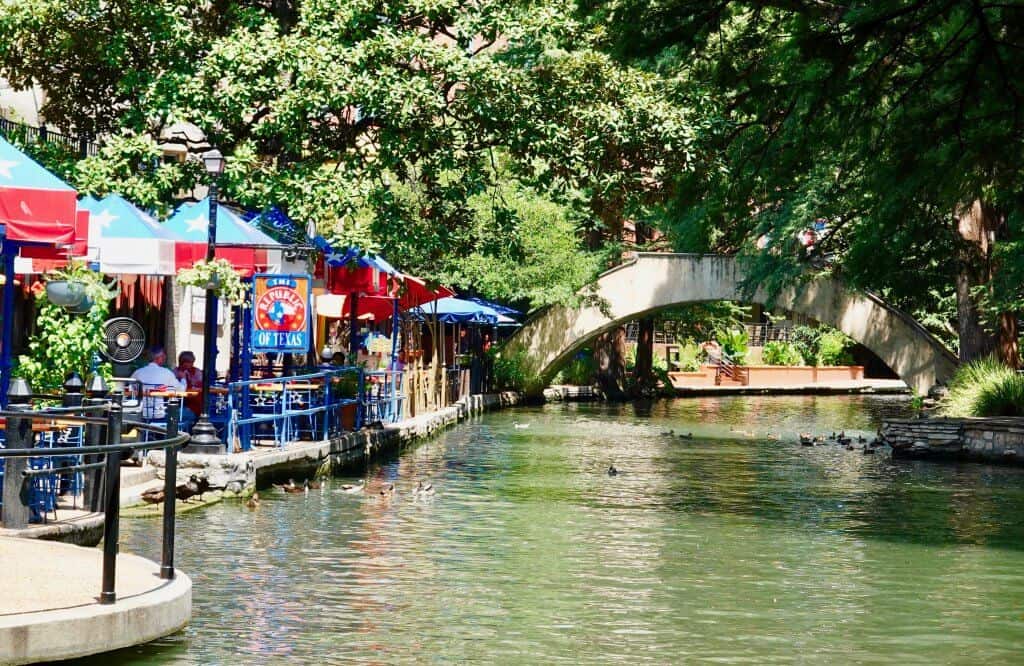
Because the downtown River Walk is below street level, you need to take steps down from the main thoroughfares. There are some parts that offer quiet meandering walkways past well-manicured landscaping and waterfalls (man-made). Other parts with the restaurant, hotel, and shopping areas can get congested as there’s plenty of room for outside seating along the river, and this cuts down on the pedestrian area. In any case, it can be a lively place to spend a few hours. It’s a short walk from the Alamo.
You can choose to take a boat tour to learn more about the area. There’s even an extended tour for those interested in eating a meal (with food provided by restaurants along the River Walk) aboard the sightseeing boat.
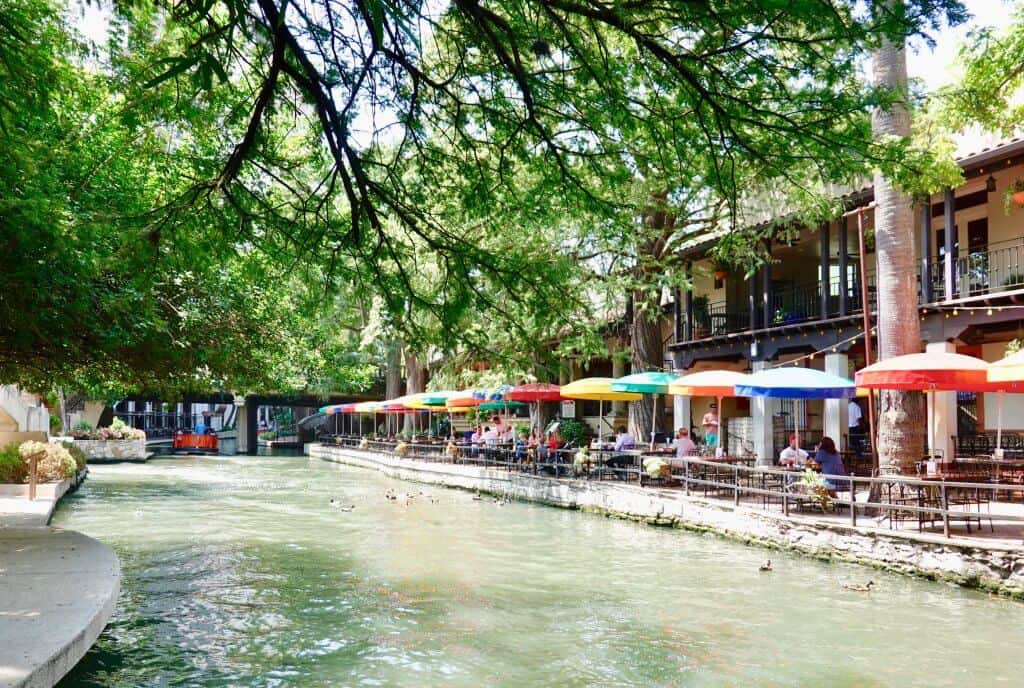
4. The Pearl
Built on the grounds of the former Pearl Brewing Company that operated from 1883-2001, The Pearl is a 22-acre complex with plenty of shops and restaurants on the north end of the River Walk. (My favorite shop here is The Twig, an independent bookseller with a well-curated collection of books for all ages.) I enjoyed a casual lunch at the Bottling Department which is actually a food court offering everything from ramen noodles to salad bowls to burgers. Pearl Beer is still being brewed (but in Fort Worth by Pabst) and is served in some of the restaurants on site. There’s a farmer’s market here on Saturdays and Sundays.
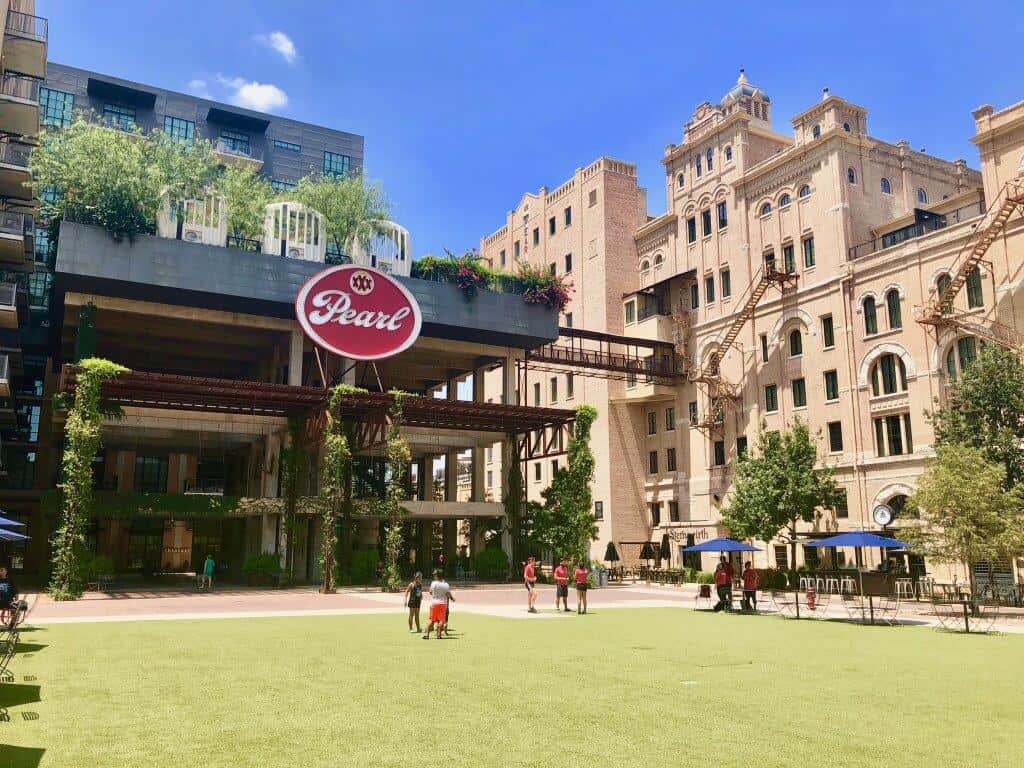
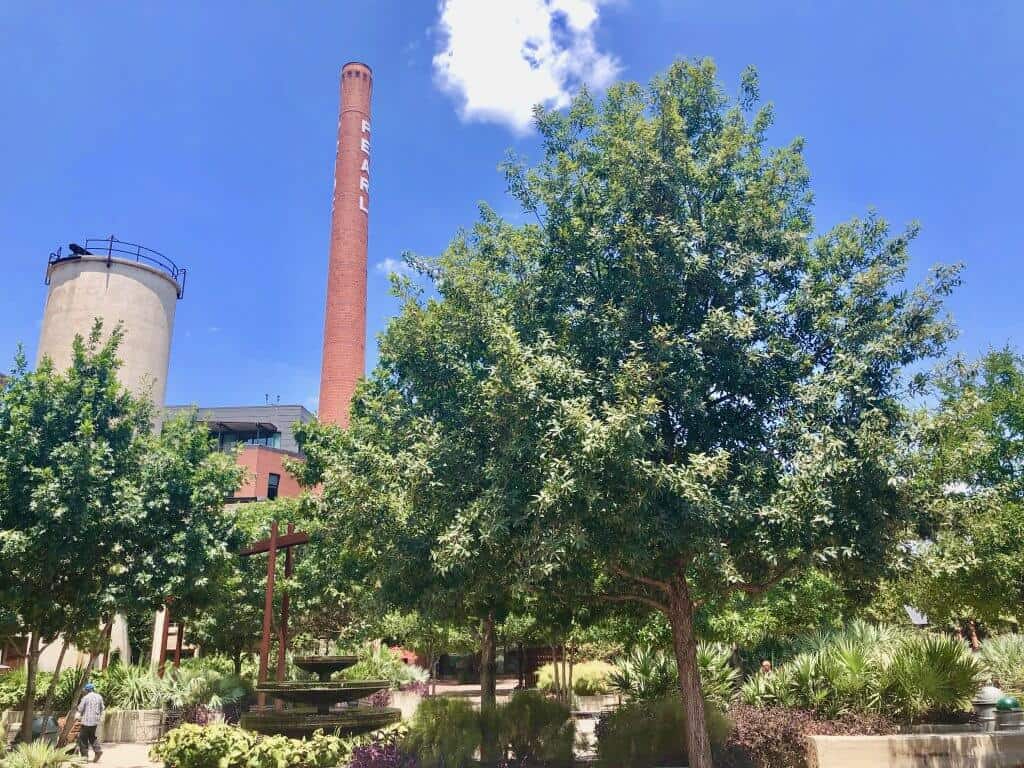
5. San Antonio Botanical Garden
The 28-acre San Antonio Botanical Garden displays plants indigenous to Texas in natural settings with trails as well as planned gardens for vegetables and flowers. The walkways and trails are well-marked. There’s a lot of walking involved, but there are plenty of benches to rest at when you need to. One interesting feature is an aqueduct system that is inspired by the aqueduct system built in the 18th century used to transport water to the San Antonio missions.
San Antonio Botanical Garden Highlights:
- different habitats in the conservatory, a collection of large greenhouse-type glass-enclosed structures loaded with different plants (trees, shrubs, flowers). These pavilions exhibit desert and tropical environments, and there’s also an orchid exhibit room, a fern grotto, and a palm and cycad pavilion.
- the Texas Native Trail displays three Texas ecosystems: meadows, brush country, and piney woods. In addition, there are homes built by early settlers that you can walk through. These homes showcase the ingenuity of the pioneers who used what they found in nature to build their homes.
- the 2.5-acre Family Adventure Garden is alive with activity as this is where young children and their parents come to learn about nature. There are trails for them to explore, a play and picnic area, and a stream for frolicking. It was fun to see the kids enjoy nature so much.
- specific gardens including a sensory garden, an old-fashioned garden, a rose garden, a sacred garden, a vegetable garden, and a culinary garden.
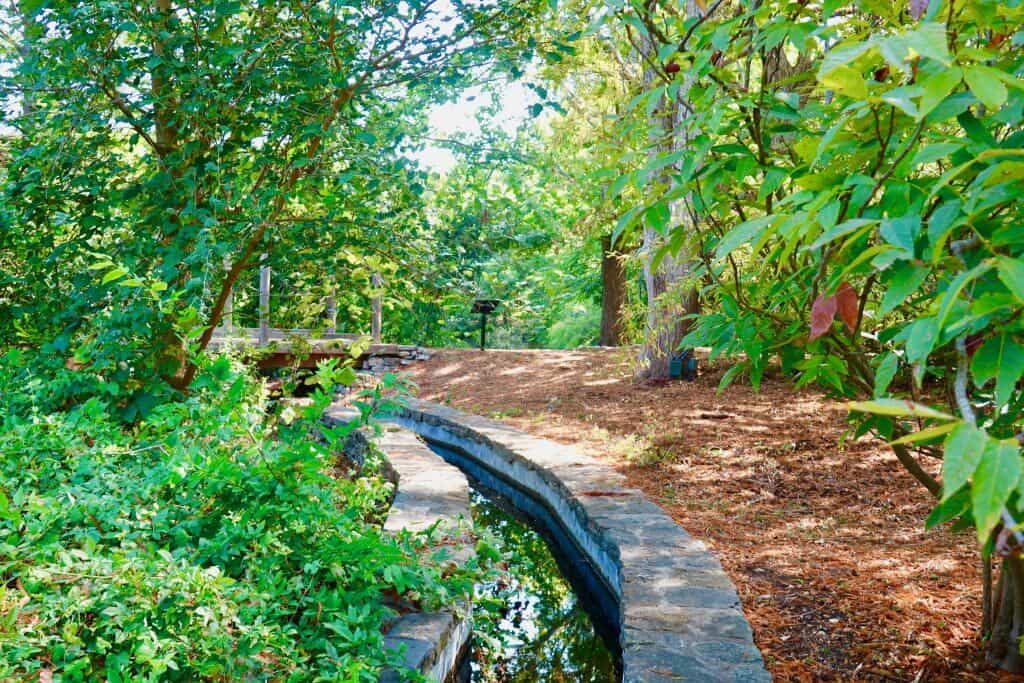
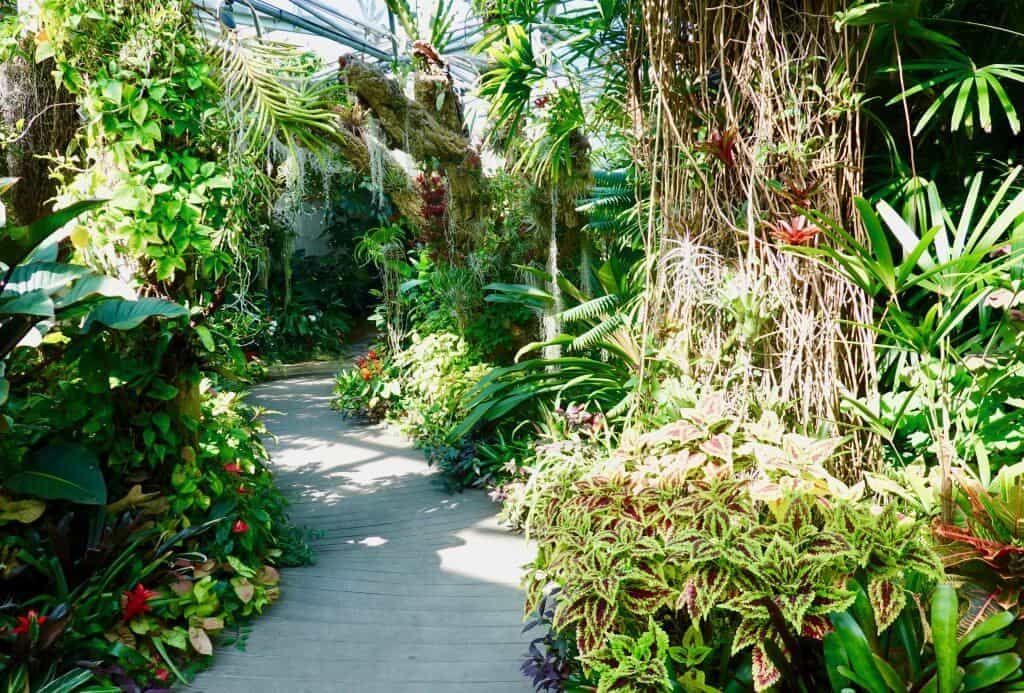
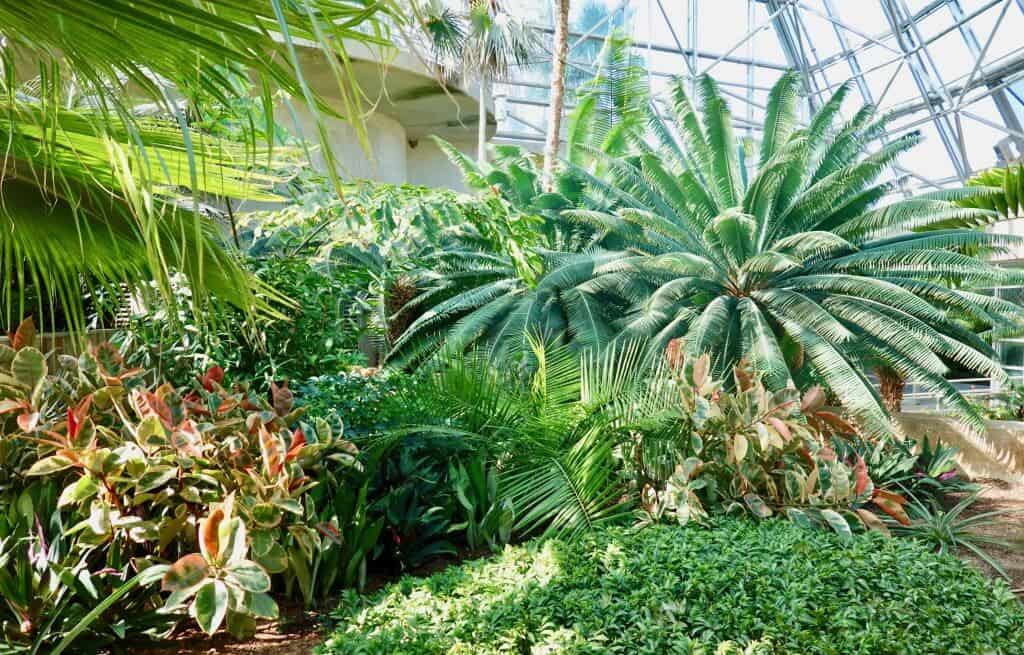
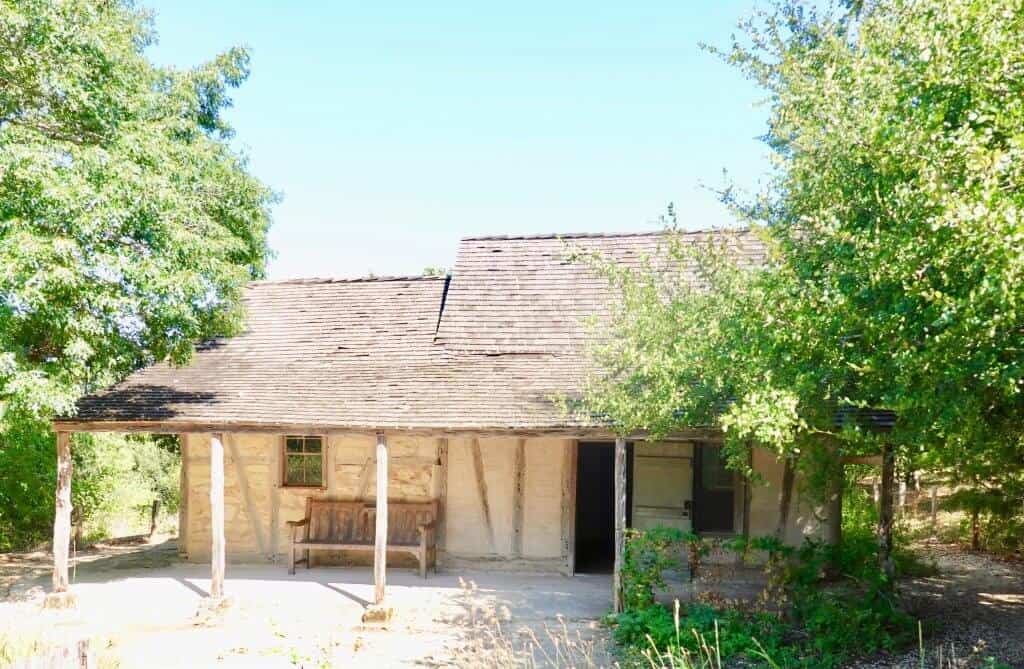
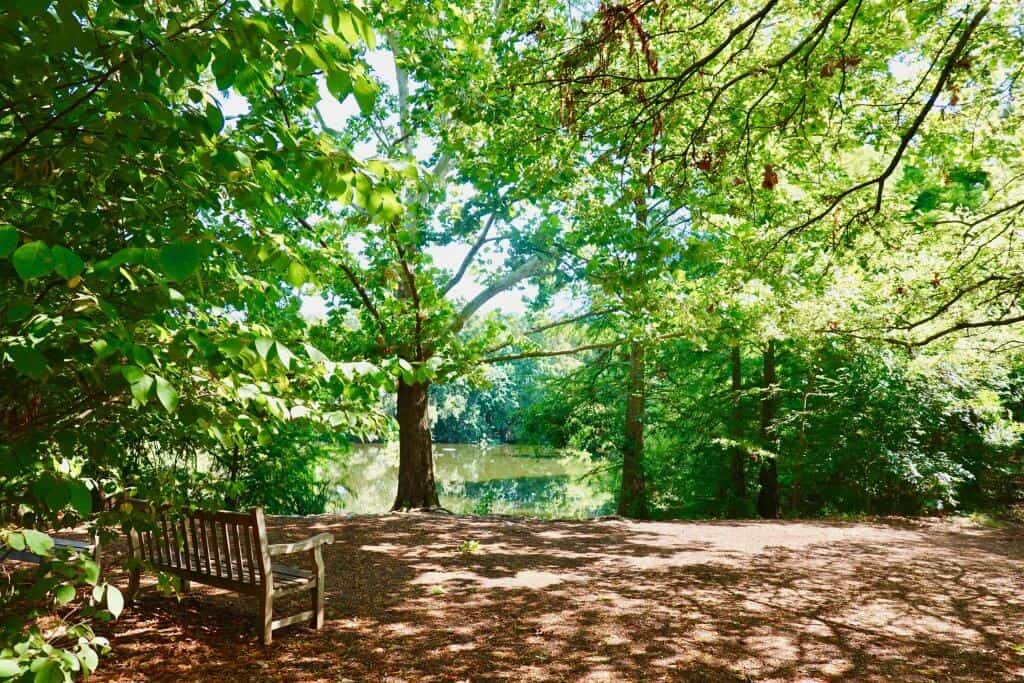
6. Brackenridge Park
Brackenridge Park is a 343-acre park through which the San Antonio river flows. It’s home to winding tree-lined trails perfect for walking and jogging.
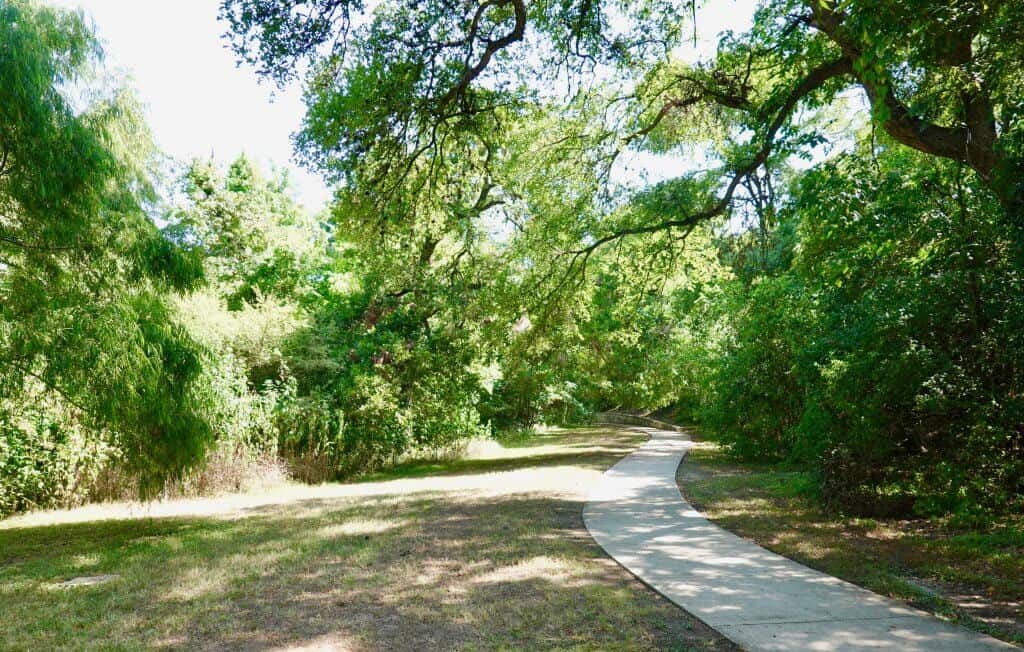
Inside the park are:
- The San Antonio Zoo – The zoo has over 750 animal species along with a carousel, giraffe feeding, and a butterfly house.
- Witte Museum – Natural history, science, and Texas culture are highlighted in this museum.
- Japanese Tea Garden – Completed in 1919, this large development was born from abandoned rock quarries used by a cement company. There are numerous steps and trails to explore as well as Koi fish and plants native to Japan.
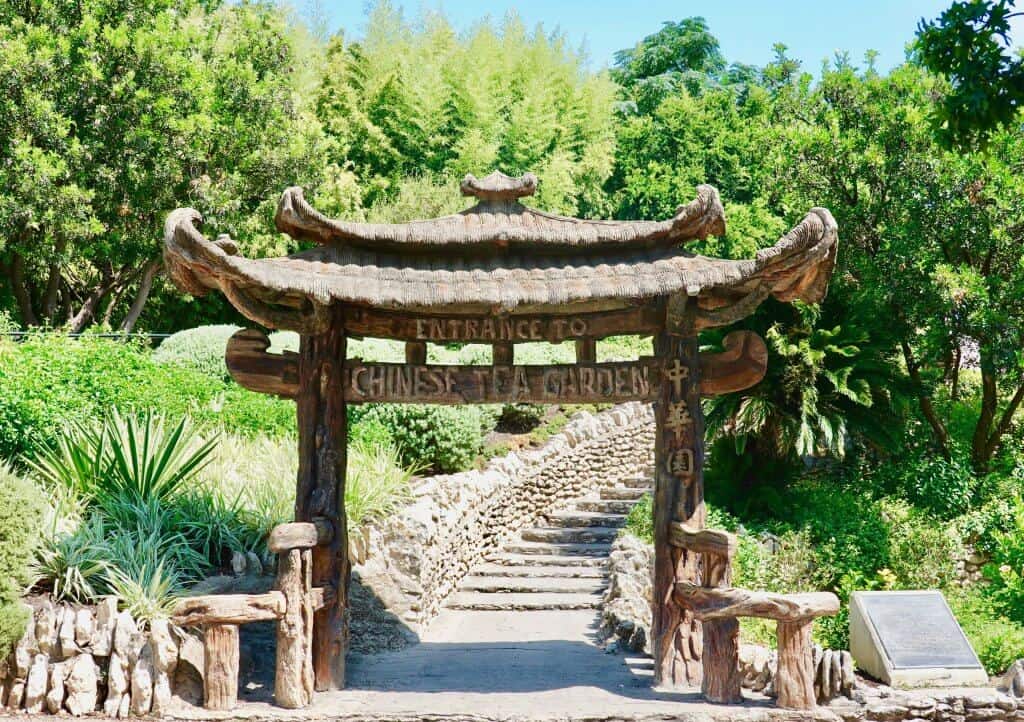
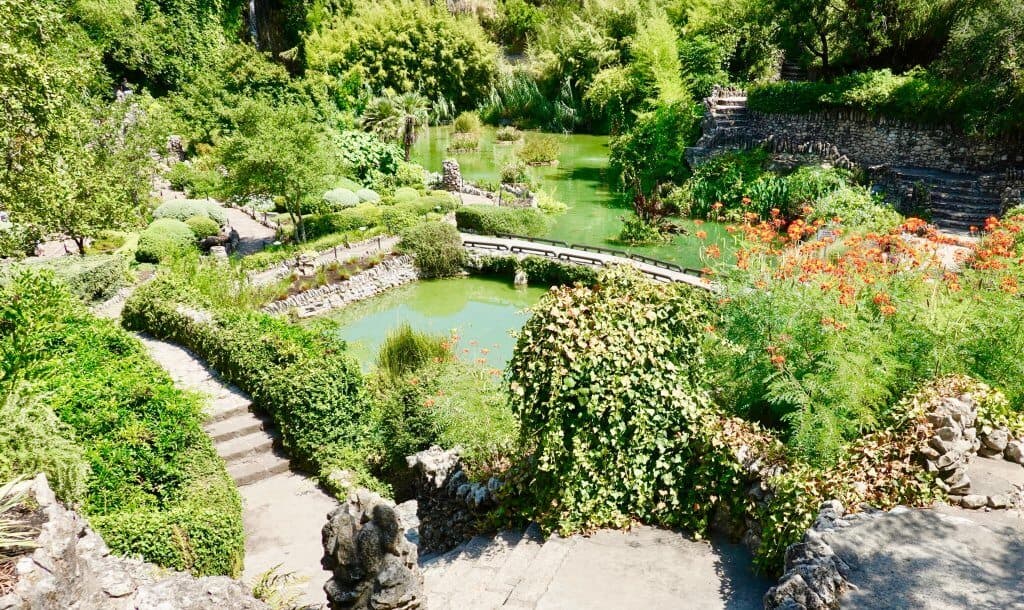
Other Great Parks
San Antonio has lots of great parks and greenways to explore if you like the outdoors. Three parks worth visits are Friedrich Wilderness Park and Eisenhower Park — both offer a variety of terrains for walks and hikes through the Texas landscape plus Phil Hardberger Park that’s great for walks on level terrain and features a unique land bridge, a skywalk for pedestrians, playgrounds, and dog parks.
Day Trips from San Antonio
The state capital, Austin, is an easy drive for a day or more of exploring. I especially liked our stay in the Zilker area of Austin that’s close to the great walking and hiking trails, the iconic Barton Springs Pool, beautiful gardens, and just a short walk from downtown. Take a stroll to the Congress Avenue Bridge in the evening to view the nightly display of bats as they emerge from under the bridge! We rented a home for our stay there, and it was the perfect location.
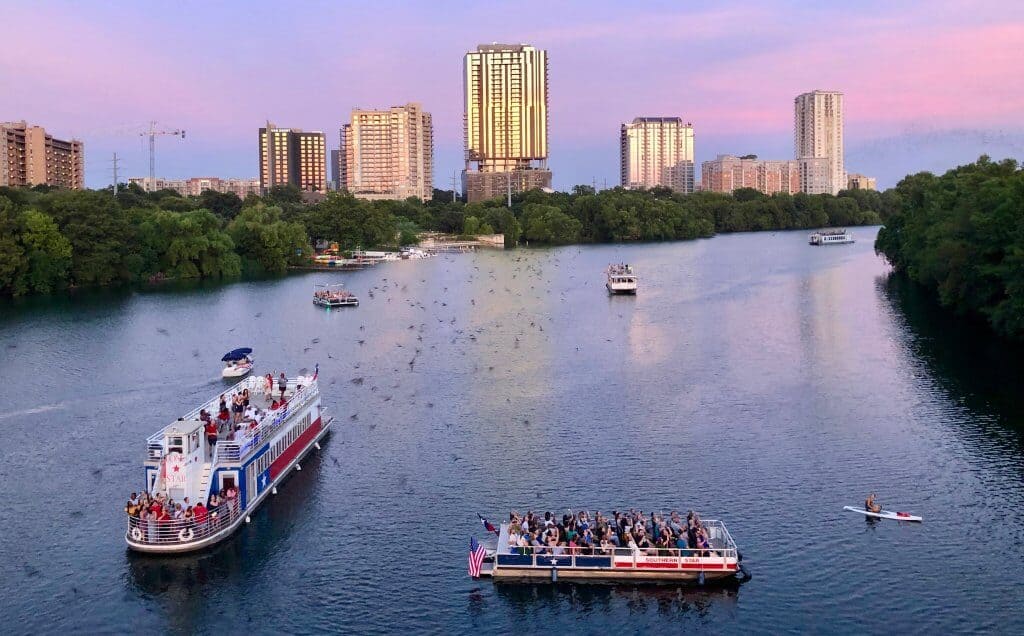
Also in Texas Hill Country is the charming small town of Fredericksburg as well as Enchanted Rock, a beautiful place to hike, rock climb, and camp.
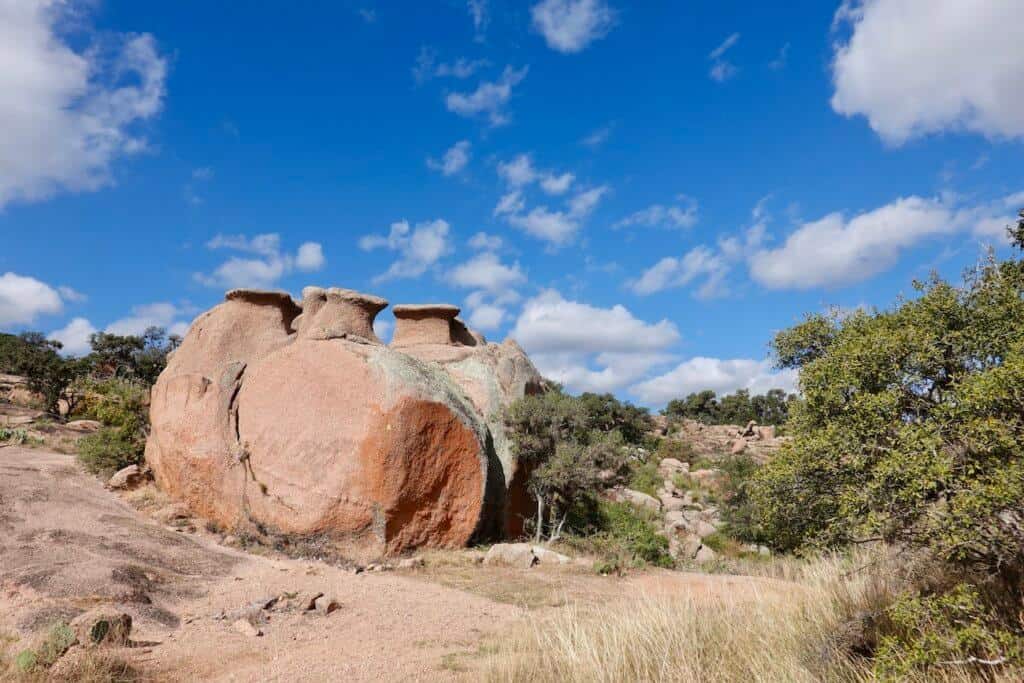
Final Thoughts
San Antonio is a great destination offering historical sites, entertainment and sports venues, restaurants, museums, and parks. It would be easy to add a few days to your visit, but you probably still wouldn’t get to see everything. The city and its surrounding area have that much to offer! Finally, consider creating a photo book (when you get home) to capture your memories in this beautiful city.
Comments?
Feel free to share your suggestions for a visit to San Antonio. Your ideas could help other travelers. Thanks! 🙂

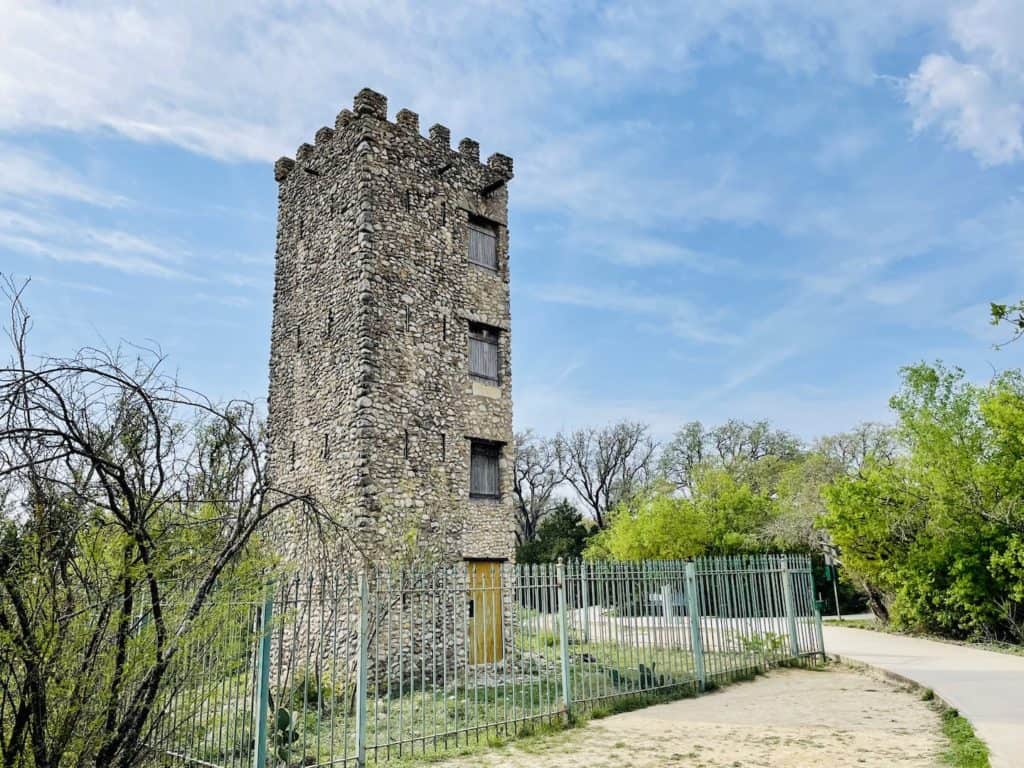
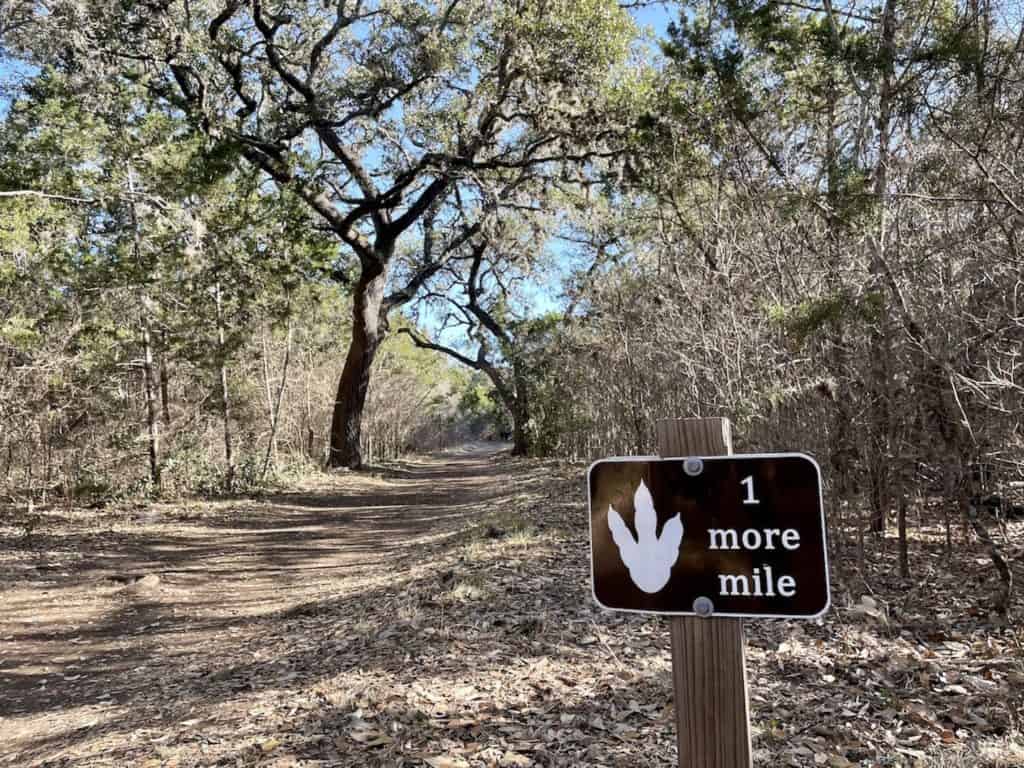


We really enjoyed riding the city rental bikes to some of the missions. We also stayed at the Omni on the river walk which was nice. We have also stayed at the Rivercenter Marriot before. You should check our Southtown next time you’re in San Antonio. My kids liked Hemisfair Park and we ate at Rosario’s and had drinks outside at The Friendly Spot.
Thanks for sharing your ideas, Lily! I so enjoyed exploring the missions, too. They tell the stories of so many who lived and worked in them. And the River Walk and surrounding areas are always a delight.
Great info! I have family in Texas, and have visited San Antonio but will reference this next time I’m there. The Pearl looks cool!
I’m glad you found the article helpful, Amy! San Antonio is such a great city — so many great things to see and do.
My kids LOVE the adventure garden at the Botanical Garden!
Awesome! The Botanical Garden makes for a great visit because it offers fun experiences for different ages. I like it, too, because it’s a place that has much more than just plants. The trails and the pioneer buildings were a bonus for me.